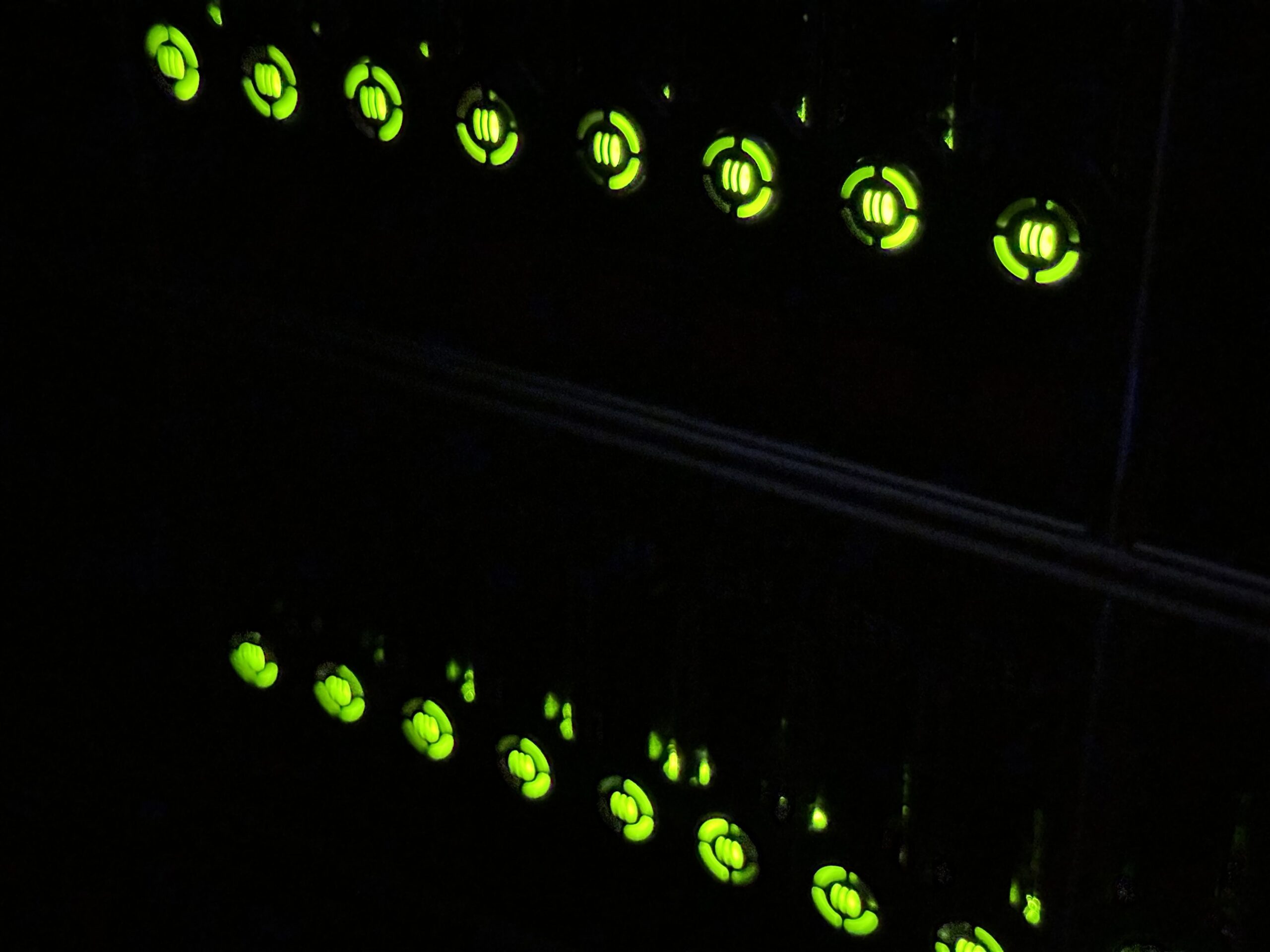Who cares about hostnames?
Operational Risk Committees 🙂 Having a clear, predictable structure for server naming is an often-overlooked facet of scalable trading environments. Bad schemes could directly affect a firm’s P/L (for example, Knight Capital.)
Constraints
- 15 ASCII chars for hostname (excludes DNS labels that make up the FQDN – constraint exists for NetBIOS compliance)
Information we want to convey
- the “stuff” that runs on it (kube, mysql)
- the serial of the box (1, 2, …)
- the location (ny4, ld4, …)
- the stability (prod/uat)
My proposal
| what stuff runs on this box | serial | – | site | . | security domain | . | enterprise |
For example:
kube1-lon.core.foo.com
(the first host in a k8s cluster in Foo’s internal network, in the LON site)web5-lon.dmz.bar.com
(a DMZ box in Bar’s network, a subsidiary Foo acquired)prod25-aur.core.foo.com
(the 25th low-latency derivatives trading box in CME Aurora)
If a server could execute live trades, start its name with prod.
If a server should never trade, start its name with uat.
Add logic to your order management code to block any order from a server starting uat (plus log an alert) and only trade orders coming from prod.
Note: this may waste CPU cycles in ULL environments. Running dedicated layer 1 PROD and UAT networks is not a ridiculous idea.
DNS labels!
The nice thing with my scheme is that a human working inside the DMZ couldn’t accidentally reboot a core domain controller with Restart-Computer -force dc1-lon. It would restart the DMZ DC. They would need to explicitly parse dc1-lon.core.foo.com.
Too many DNS labels are bad. prod25.lon.foo.example.com is not good. You either have to always specify FQDNs or complicate DHCP configurations with multiple search domains.
Bonus: software account names
In my lab, I use the following format:
- no account name longer than 32 chars
- must start with
<letter>-:l-for local accounts (e.g. in this post,l-gitlabciis an account that doesn’t exist in AD, just locally in /etc/shadow on the box)d-for accounts that just exist to query directories like LDAPq-for AD-based SQL Server loginsm-for accounts that just send e-mails-for anything else (the majority!)
All human usernames never have a hyphen, so I can easily distinguish a software account via regex matching if I wanted to. In reality, relying on OUs is better.
